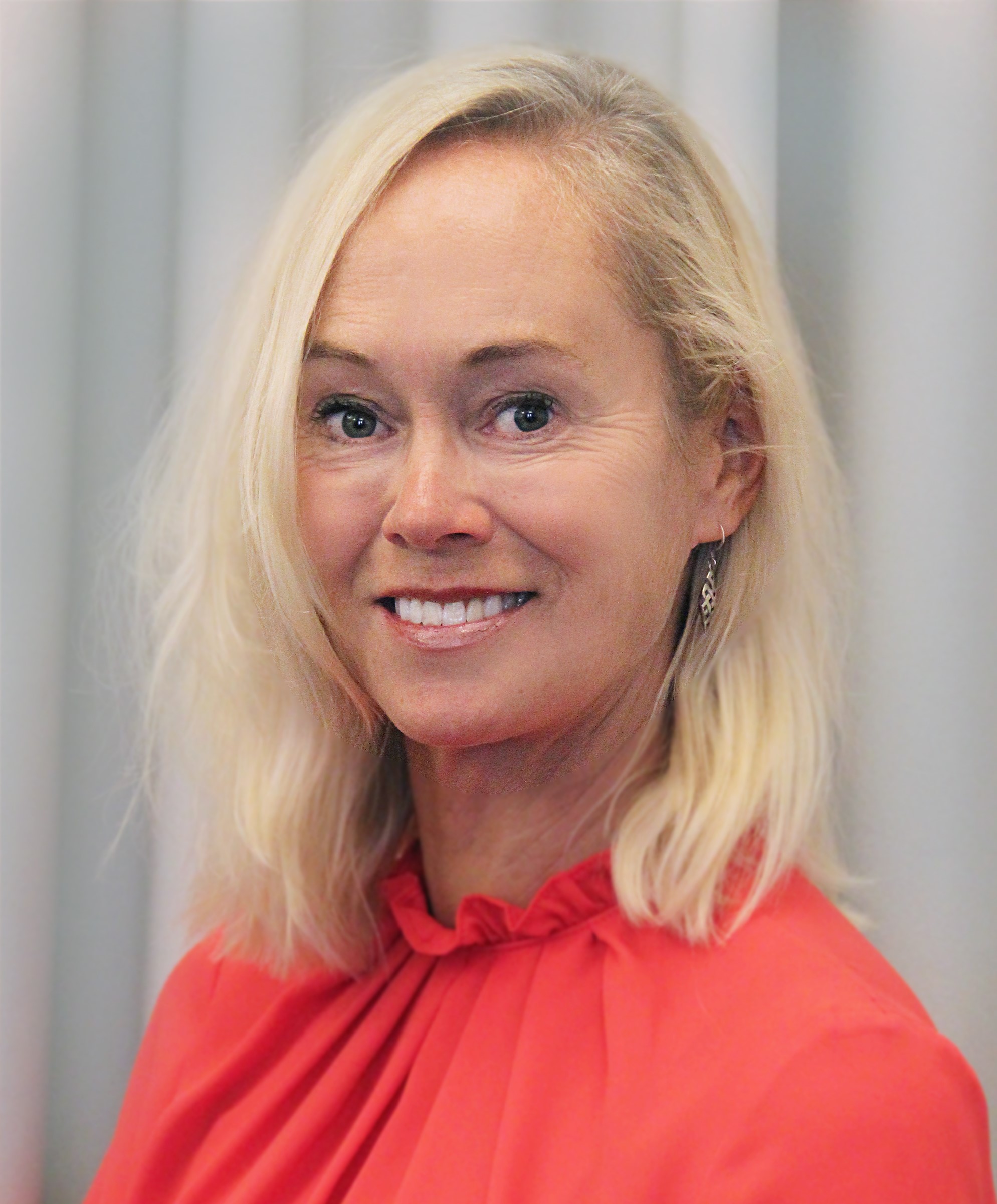PERSPECTIVES
Our work involves building a system that integrates a RedOx cell and a culture of edible cyanobacteria, so that the dioxygen released by the algae during their growth can be used to produce electricity. The cyanobacteria used is Spirulina sp., characterized by excellent nutritional values. During the photosynthetic process, they take up CO2 from the atmosphere and release dioxygen. We used the produced dioxygen to regenerate the catholyte of a hybrid RedOx flow cell using zinc and methylene blue, materials with low toxicity. With a 2L culture of algae it was possible to produce 160 mL of dioxygen in 24 hours, which was enough to recharge the catholyte to power a LED (320 Ω) during 3 hours and 40 minutes.
This is how I came up with the idea for this project:The United Nations (UN), through its “Sustainable Development Goals” (SDGs)1 programme, has defined 17 goals that mankind should achieve by 2030. It was while doing our research in this area that we came across an article by the European Space Agency (ESA): “Food from Spirulina experiment un-derway”.

Programme manager ania.andersch@siwi.org +46 8 121 360 59